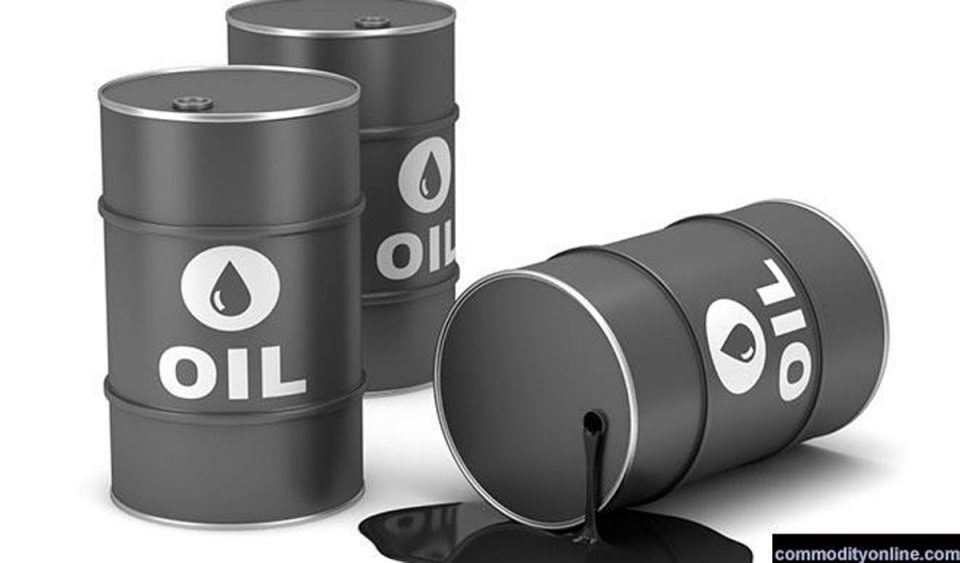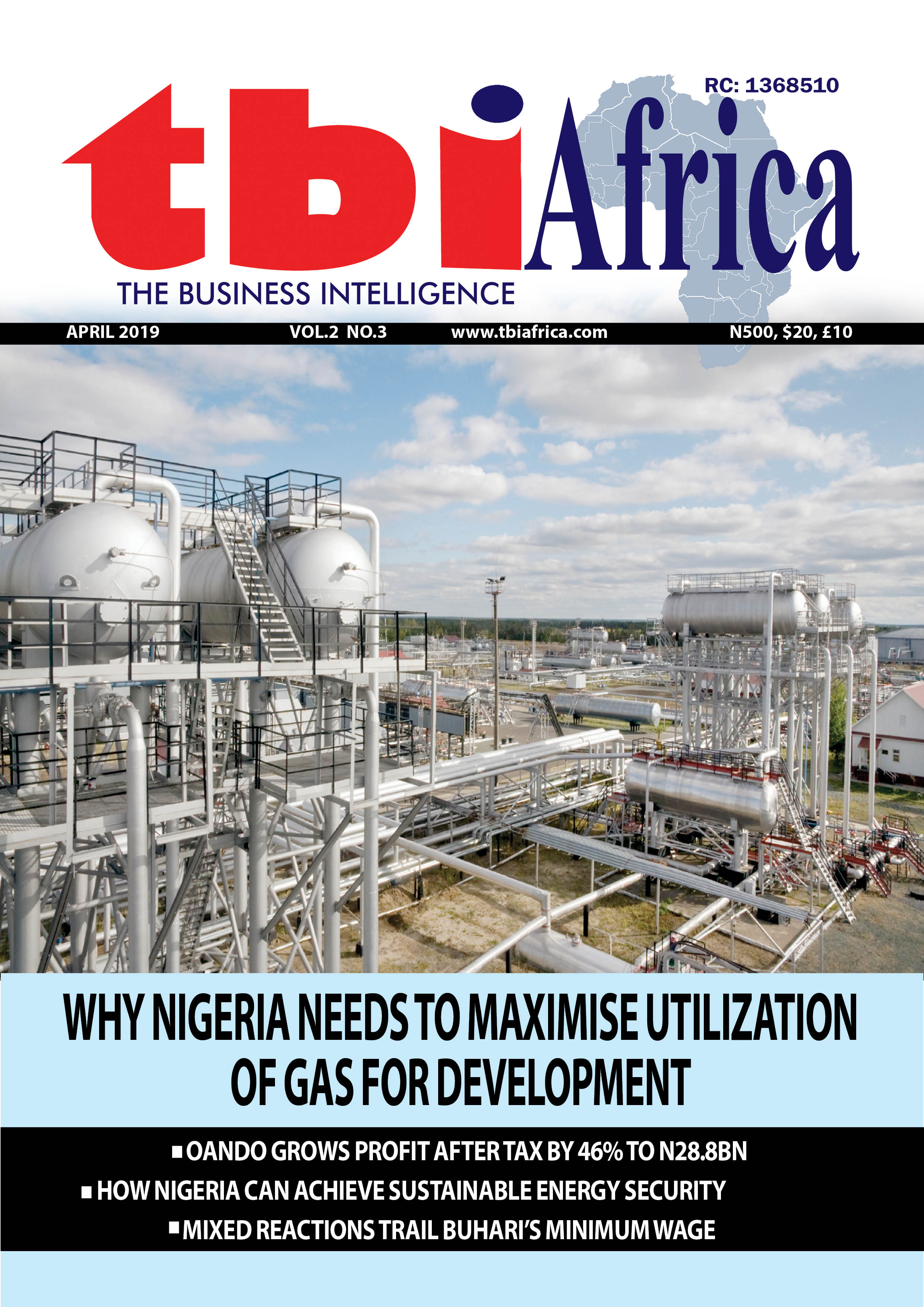Photo caption: Oil
Moody’s downgraded the U.S. credit rating from AAA to Aa1, causing concerns about government debt and interest payments, which led to a pullback from U.S. assets, including crude oil.
Both WTI and Brent crude oil prices fell as a result of the U.S. credit rating downgrade, amid worries about tariffs, supply, and demand, and geopolitical tensions like the U.S.-Iran nuclear talks.
Analysts suggest that the oil market continues to be volatile, with prices fluctuating due to various factors, including fiscal debt issues, potential tariff increases, and international negotiations.
Oil prices fell on Monday after the last of the big three credit rating agencies, Moody’s, downgraded its rating on the United States from AAA to Aa1, reigniting concerns about America’s economy and bond markets.
Moody’s Ratings on Friday downgraded the long-term issuer and senior unsecured ratings of the U.S. to Aa1 from Aaa and changed the outlook to stable from negative. The one-notch downgrade “reflects the increase over more than a decade in government debt and interest payment ratios to levels that are significantly higher than similarly rated sovereigns,” said Moody’s, which was the last agency to hold the top triple A rating on the U.S.
As a result of the downgrade, market sentiment soured on Monday with a broad pullback from U.S. assets and riskier assets including crude oil.
As of 7:27 a.m. EDT on Monday, the U.S. benchmark, WTI Crude, was down by 1.23% at $ 61.75, while the international benchmark, Brent Crude, traded 1.19% lower at $64.64 per barrel.
“Moody’s downgrade, adding renewed focus on US fiscal debt problems, and Scott Bessent’s warning that some tariffs may return to “Liberation Day” levels, have hurt risk sentiment in early Monday trading with USD and crude oil falling,” Ole Hansen, Head of Commodity Strategy at Saxo Bank, commented on Monday.
“Crude’s rollercoaster ride to nowhere continues within an established wide range as traders’
focus continues to alternate between ample supply and tariff-related demand worries, and the prospect of lower production from high-cost producers, US-Iran talks, and other geopolitical tensions,” Saxo Bank said in a note today.
The U.S.-Iran nuclear talks and the expected Trump-Putin call later on Monday are also drawing the attention of the oil market early this week.
The U.S.-Iran talks on a nuclear deal “will lead nowhere” if the United States
continues to insist that Iran halt uranium enrichment, Majid Takht
Ravanchi, Iran’s Deputy Foreign Minister for Political Affairs, said on Monday, after U.S. special envoy Steve Witkoff told ABC News this weekend that Iran’s enrichment activity is “one very, very clear red line” for the United States.
=== Oilprice.com ===



